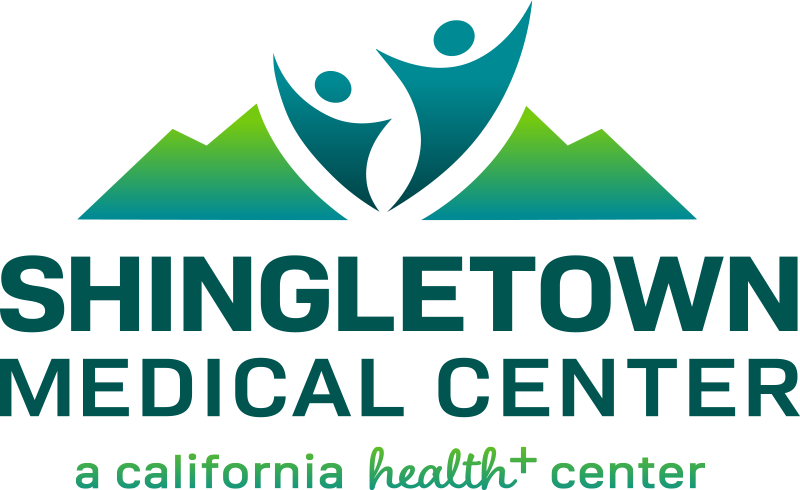April is National Child Abuse Prevention Month
Please join us to “Say Something, Do Something for Kids,” by promoting and strengthening child abuse prevention efforts.
Children are the foundation of our society, our community and our future. Children raised in loving and supportive environments are more likely to prosper academically and financially, becoming successful, contributing members of society.
What is Child Abuse and Neglect?
Child abuse is an act or failure to act by a parent or caregiver that results in death, serious physical or emotional harm, sexual abuse or exploitation, or that creates an imminent risk of serious harm to a child.
Physical Abuse is physical injury inflicted on a child by other than accidental means.
Sexual Abuse includes sexual intercourse, exploitation, and any sexual contact, touching or non-touching with a child.
Emotional Abuse is harm to a child’s psychological or intellectual functioning.
Neglect is failure, refusal, or inability on the part of a parent or caregiver to provide necessary care that may seriously endanger the physical health of a child.
Recognize the signs!
Children who are abused may or may not show physical or behavioral signs of being maltreated. Educate yourself and others about some of the obvious and less obvious signs of possible child abuse:
Injuries such as bruises, burns, welts, or broken bones that are unexplained or have implausible explanations
Missing hair
Poor hygiene or inappropriate clothing for weather conditions
Consistent hunger
Fatigue, listlessness, or regularly falling asleep in class
Other behavioral signs
Frequent tardiness or absence from school
Declining school performance or involvement, lack of concentration
Difficulty making and keeping friends
Signs of persistent unhappiness or depression, withdrawing from others
Displaying angry or aggressive behavior, destruction of property
Low self-esteem
Constantly seeking attention or approval. Reluctance to go home.
Unusual knowledge of sex for the child’s age or developmental stage
Begging or stealing food
It is up to all of us to keep children safe & families strong in a supportive community.

